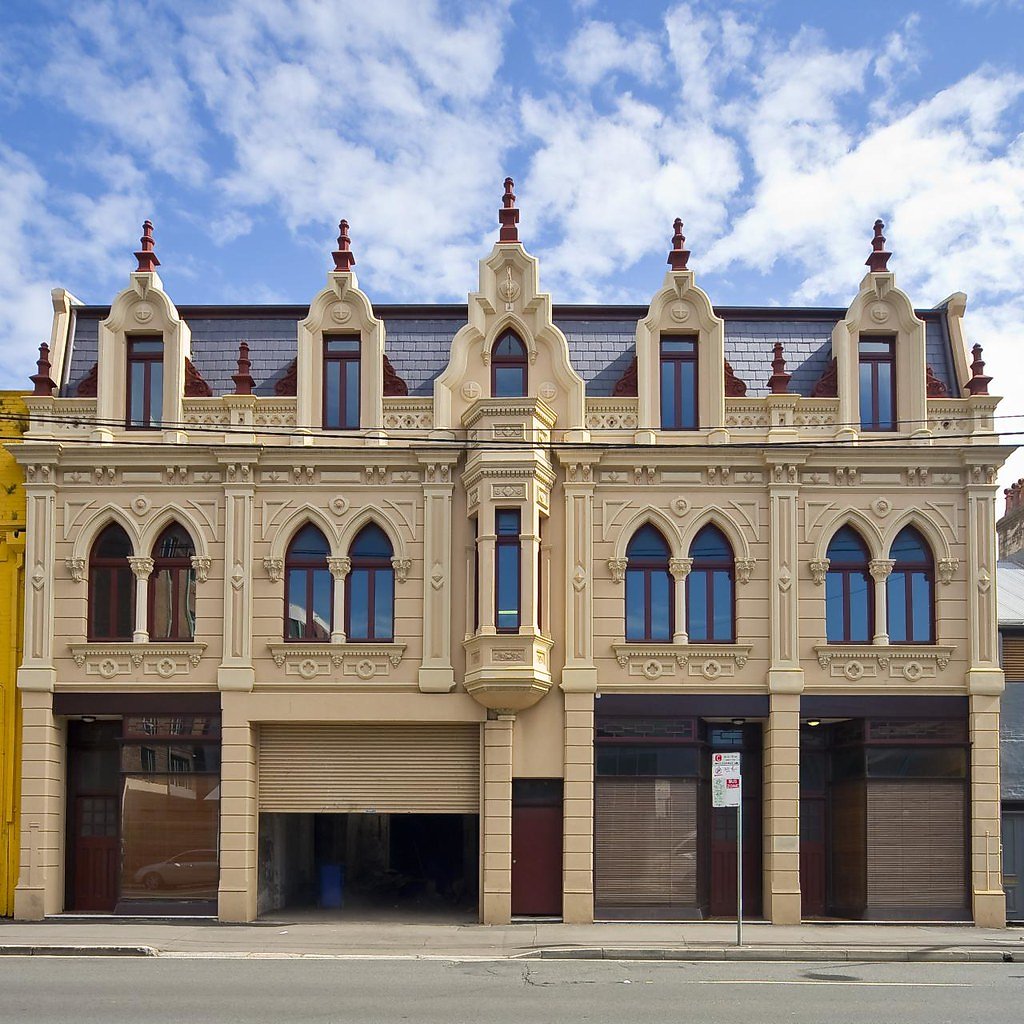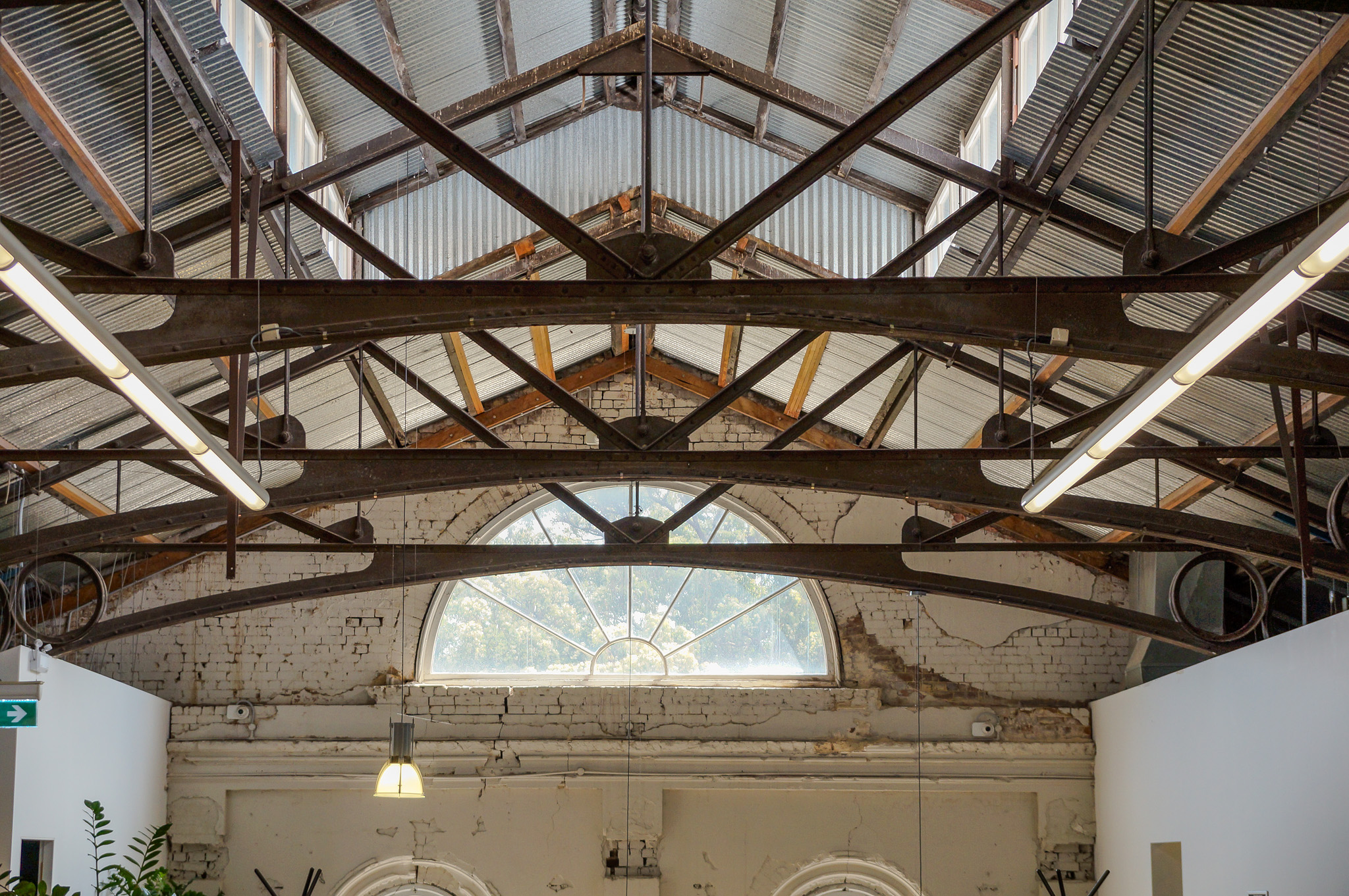A Brief History of The Trocadero Building

From Roller Skates to Charity: The Journey of Newtown’s Trocadero Building
If walls could talk, the Trocadero building on King Street, Newtown, would have quite a story to tell. Standing tall for over 130 years, this architectural gem has transformed from a roller-skating rink to an industrial hub, and now serves as the home of a non-profit organisation. Let’s take a stroll through the fascinating history of this Sydney icon.
When Sydney Rolled on Eight Wheels
In the late 19th century, Sydney was swept up in a roller-skating frenzy. Between 1885 and 1890, the city was home to at least 25 roller-skating rinks. The trend was so widespread it earned the nickname “rinking,” and savvy investors saw it as an opportunity for quick profits. Melbourne wasn’t far behind; in November 1886, American entrepreneur Albert Newton Ridgely opened the city’s first purpose-built rink in St Kilda, setting the stage for rapid expansion of skating venues across Australia.
Amidst this nationwide craze, entrepreneur Frederick Ferrier decided to leave his mark on Newtown. Recognizing the booming popularity of roller skating, he commissioned architects Albert F. Myers and William P. Wardell in 1889 to design a state-of-the-art roller-skating rink. The result was the Trocadero—a building with an impressive 60-foot frontage and extending 200 feet deep, making it a standout sight on King Street.
Image: ca. 1900 - ca. 1920, Couple roller skating, State Library Victoria.

But why the name “Trocadero”? The term “Trocadero” originates from the Trocadero Peninsula near Cádiz in southern Spain, known for the Battle of Trocadero in 1823. This significant event saw French forces capture the fort at Trocadero, leading to the restoration of King Ferdinand VII to the Spanish throne. The word is believed to derive from the Spanish verb “trocar,” meaning “to exchange” or “to trade.” Thus, “Trocadero” can be interpreted as “place of trade” or “exchange point.”
The name gained international prominence when it was adopted by the Palais du Trocadéro in Paris, a grand venue built for the 1878 World’s Fair. Its grandeur and cultural significance made “Trocadero” a popular choice for impressive venues worldwide. In Sydney, for example, there was also a famous dance hall on George Street called The Trocadero, which operated from 1936 to 1971—a fact that might have caused some confusion when coordinating a night out with friends!
Newtown’s Trocadero made a grand entrance onto Sydney’s social scene in the late 19th century. At its opening on 5 April 1889, The Sydney Morning Herald hailed it as “the finest roller skating rink in the colony.”

Image: 1880, 'Advertising', The Bulletin , Vol. 10 No. 481 (4 May 1889), John Haynes and J.F. Archibald, Sydney, N.S.W, p. 14.
The main hall was a skater’s dream: an expansive, open space free from columns, allowing for smooth gliding and accommodating large crowds eager to join the latest craze. The absence of columns meant nothing hindered the flow of skaters weaving across the floor, making it a perfect venue for both novices finding their feet and seasoned skaters showing off their moves. But what really set the Trocadero apart was its innovative roof—a corrugated iron wonder that could be opened along its full length by turning a crank. This design provided ventilation and natural light, a remarkable feat of engineering at the time.
The Trocadero wasn’t solely about roller skating. It offered a range of amenities that set it apart from other venues, including a billiard saloon, club rooms, baths, hairdressing salons, a French café, and oyster saloons. The aim was to create a comprehensive entertainment complex catering to a variety of tastes.
The Times They Are A-Changin'
Despite its initial success, the roller-skating craze began to wane in the early 1890s. The economic depression of 1893 further impacted leisure activities, leading to the closure of many skating rinks across Sydney, including the Trocadero.
In 1903, the building was renovated and reopened as Williams Skating Rink and Music Hall, adapting to the changing entertainment landscape. During World War I, from 1916 to 1922, the Trocadero served the community in a different capacity. Its upper clubroom became a centre for soldiers’ wives and mothers, operated by the Sydney University Women’s Settlement.
The 1920s brought another transformation as the Trocadero became the Trocadero Picture Palace, reflecting the growing popularity of cinema in Australia. Then, in 1927, Propert’s Motor Body Company Limited acquired the building, converting it into an industrial space. The grand entrance at number 73 was adapted into a vehicle driveway, and the venue shifted from entertainment to motor vehicle body construction.
In 1945, the Trocadero underwent another significant transition when it was purchased by Grace Brothers, the well-known Australian department store chain. Grace Brothers repurposed the building to suit their commercial needs, but it continued to operate as a car body parts centre, reflecting the industrial character the area had adopted.
From 1982 to 1994, the Trocadero found new life as a retail furniture store, bringing shoppers back into its historic spaces. However, after the furniture store closed, the building stood empty and fell into disrepair. It remained derelict until 2008, when a major restoration project was under taken to breathe new life into the old structure.
These restoration efforts were extensive, focusing on preserving the building’s unique Victorian Flemish-style architecture with Gothic Revival elements. The vestibule entry was restored, shopfronts were rebuilt, and the façade was carefully repainted. These initiatives ensured that the Trocadero remained a prominent feature of Newtown’s streetscape, honouring its rich history while adapting to contemporary needs.
Today, the Trocadero continues to serve the community. It houses the offices of CanTeen, a non-profit organisation supporting young people affected by cancer. From its beginnings as a place of leisure and entertainment to its current role in providing support and care, the building has continually adapted to meet the needs of the times.
Architectural Marvels of the Trocadero
The Trocadero isn’t just any old building; it’s an architectural masterpiece that tells a story of its own. Combining Victorian Flemish style with Gothic Revival elements, it showcases the eclectic architectural trends of late 19th-century Australia and reflects the grandeur and ambition of its original purpose as a premier entertainment venue.
Take a moment to admire its imposing façade next time you’re strolling down King Street. The enriched Mansard roof crowned with a tower isn’t something you see every day. This striking design made the Trocadero a standout landmark in Newtown, turning heads since 1889.


One of the fascinating aspects of its architecture is how it incorporates elements from pre-existing terraces on the site. The elaborate gabled dormer windows, for instance, were integrated into the new structure, demonstrating a thoughtful blend of old and new—a nod to the evolving urban landscape of Newtown.
The Gothic Revival features add another layer of charm. Pointed arches, steep gables, and decorative patterns not only provide visual interest but also serve practical purposes. They enhance ventilation and allow more natural light into the spacious main hall—essential for a venue designed to host large crowds and activities like roller skating.
Inside, the Trocadero is just as impressive. A series of pilasters and arches adorned with mirrored panels created an illusion of even greater space and opulence. This reflected the Victorian era’s fascination with grandeur and visual spectacle, ensuring visitors were awed by their surroundings.
Perhaps the most remarkable feature of the Trocadero was its ingenious roof structure. The corrugated iron roof spanned the entire width of the main hall without any supporting columns—a significant engineering achievement for its time. Even more impressive, the roof could be opened along its full length using a crank mechanism, a component that can still be seen in the spine of the roof structure today. This design addressed the need for ventilation in Australia’s warm climate and provided a dramatic effect for patrons, who could enjoy events under the open sky.
But the innovation didn’t stop at the roof. The Trocadero’s interior showcased a magnificent hardwood skating floor, the foundation upon which countless Sydneysiders glided and twirled. Remarkably, parts of this original hardwood floor still remain today when visiting the Canteen offices, offering a tangible link to the building’s vibrant past.


The Trocadero was ahead of its time in more ways than one. Its design as a multi-purpose venue—including shops, a skating rink, billiard rooms, and various amenities—was an early example of mixed-use architecture in Australia. This forward-thinking approach set a precedent for future developments in Sydney, illustrating how commercial design could cater to diverse needs within a single complex.
The Trocadero isn’t just a building; it’s a survivor—a chameleon that has adapted to the changing beats of Sydney’s heart. Its journey from a roller-skating paradise to a beacon of hope is a testament to its enduring spirit. So next time you’re wandering down King Street, give a nod to this grand old giant. After all, it's been rolling with the punches since 1889.


